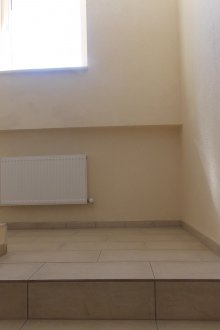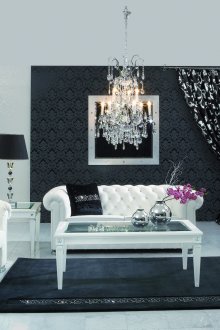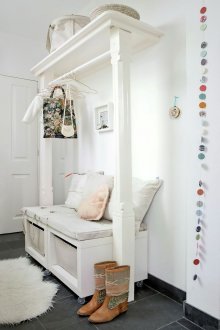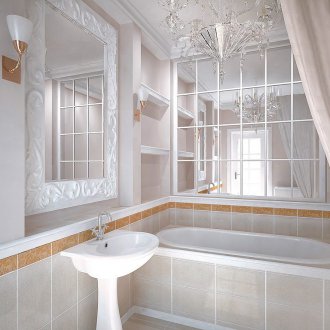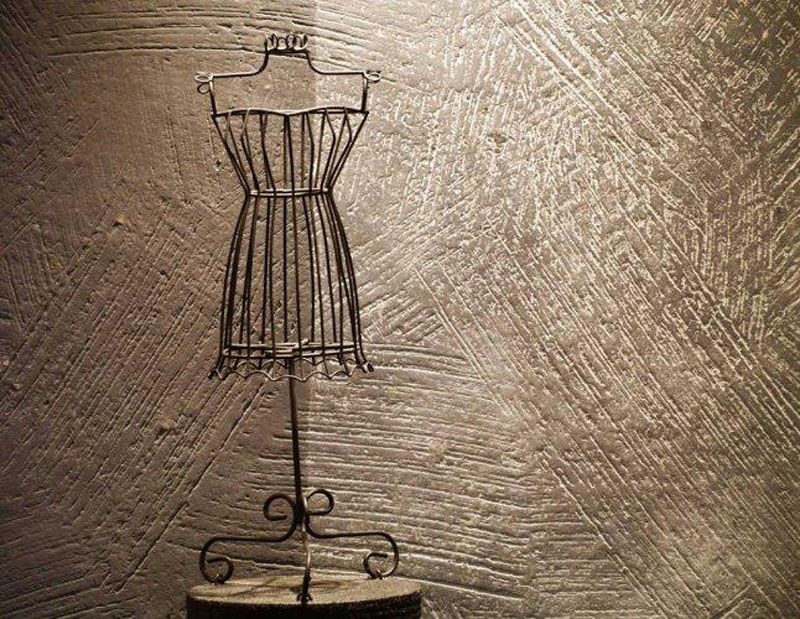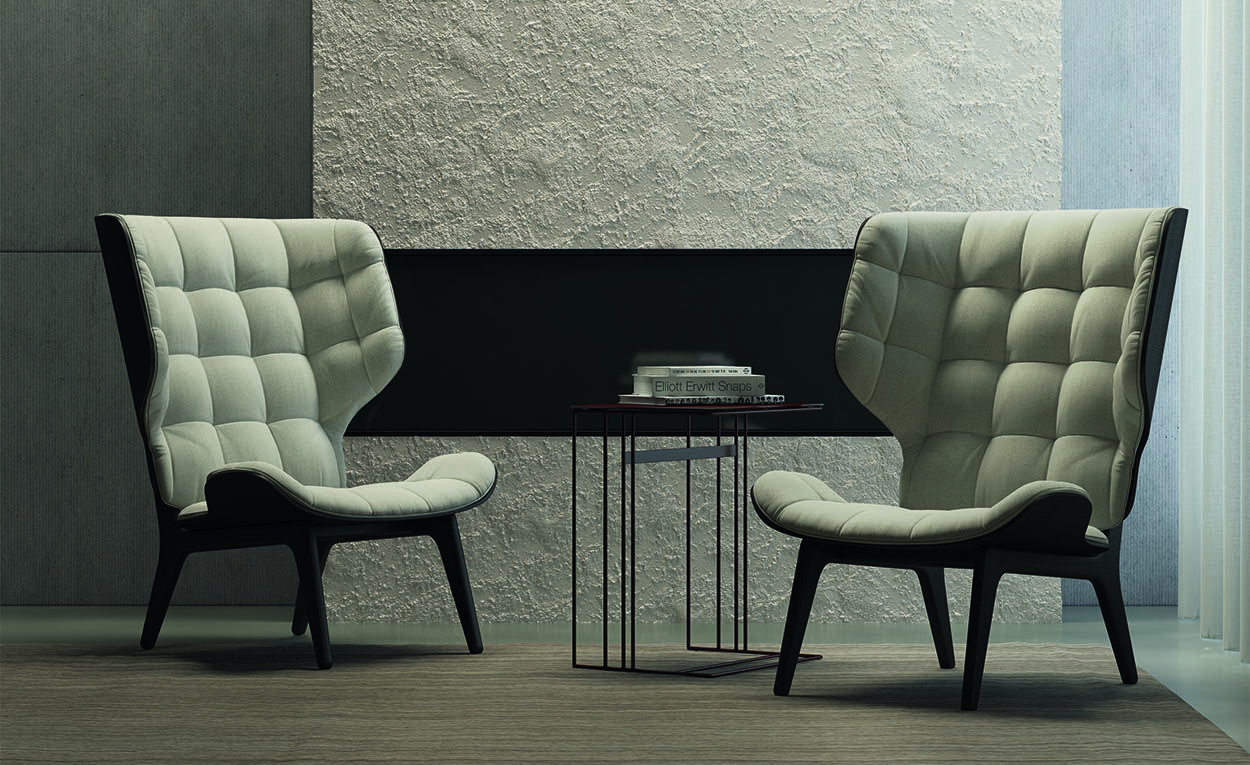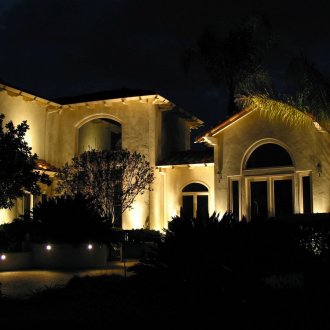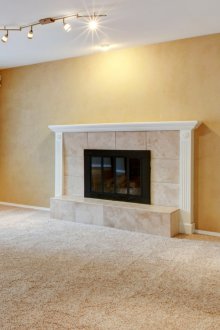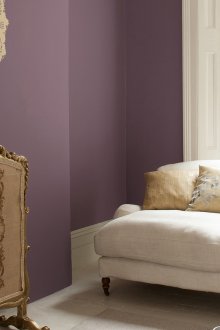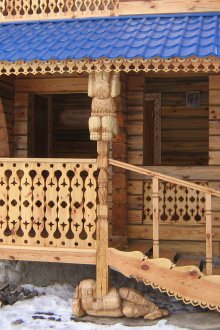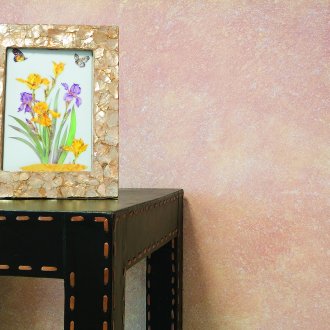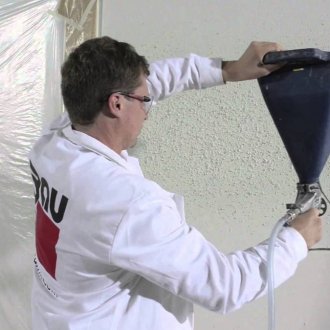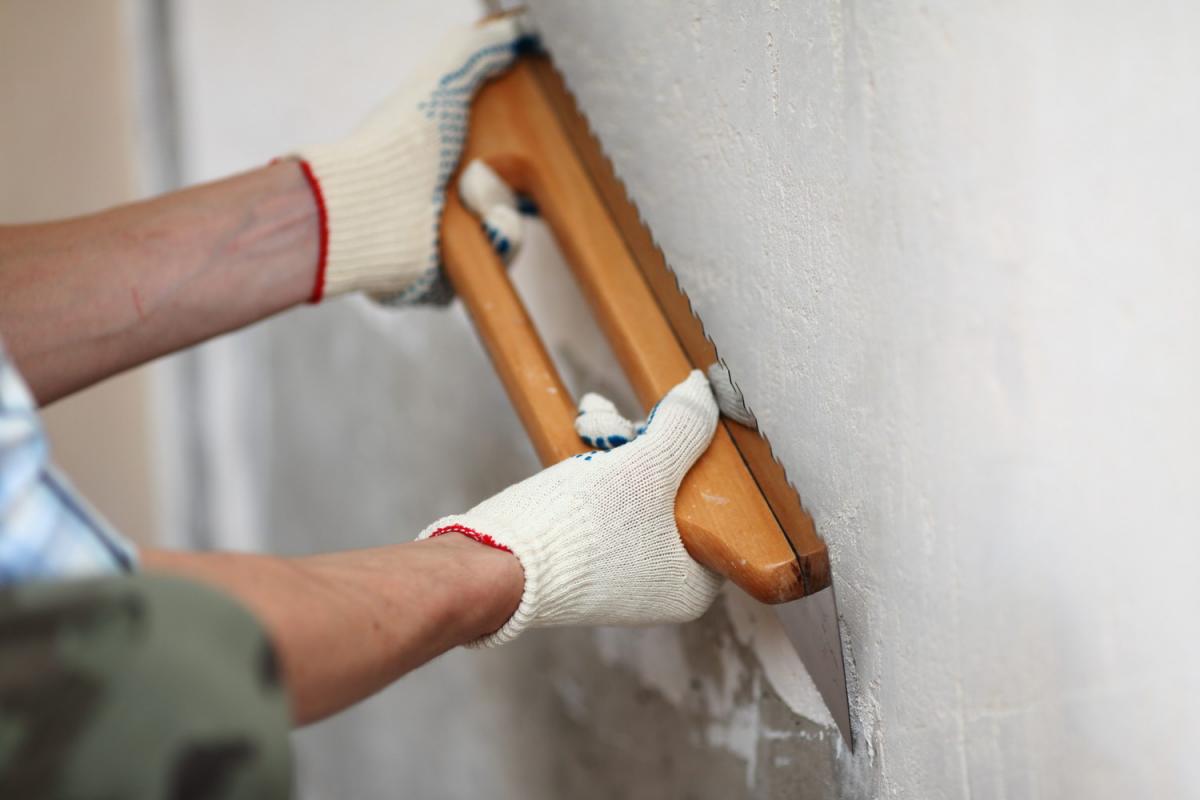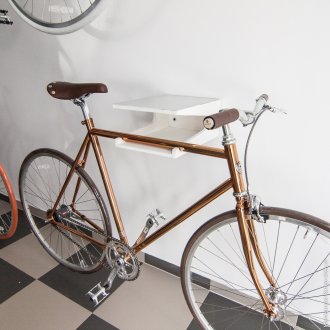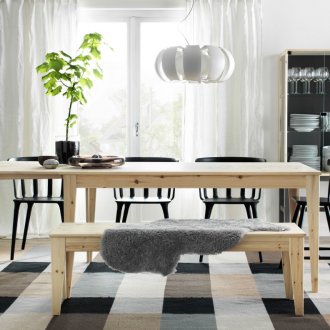American Plaster: essence, application possibilities and application technology (20 photos)
Content
Decorative plaster mixes are an integral component of design in most categories of modern rooms. The coating can be applied both to the entire surface and to individual architectural elements: columns, niches, panels. Here, a finely dispersed filler is responsible for creating a relief structure. The binders used are lime, resins of silicate, acrylic-polymer, silicone origin, cement, gypsum.
“American” plaster creates a coating that externally simulates raindrops, and this is the property that is valued among interior designers. It has a Hispanic origin, which determines the name of the product.
Scope of decoration material
It is customary to use "American" in rooms that are subject to increased operational load, in particular, cultural and commercial institutions, educational and medical institutions, offices and business centers. Exterior decoration, in turn, is in demand for the arrangement of railway station and airport buildings; it fits perfectly on walls made of lightweight brick, gas and foam blocks.
Since the mixture has enhanced adhesion and high vapor permeability, plaster is used to decorate walls in bathrooms and pools.
Advantages of introducing a raindrop coating
This type of finish has the following advantages:
- for each site and architectural element, you can create a unique coating;
- strengthening the soundproofing of the room;
- protection of the wall surface from pollution, their general strengthening;
- the possibility of using a pneumatic sprayer, which can significantly increase the speed of work.
One cannot ignore the fact that “American” plaster can reduce the cost of finishing by almost a third compared to the costs that go into painting or wallpapering similar areas. The cover is repairable, it is easy to restore it even in conditions when there is no possibility of blocking the passage of visitors to this site.
There are 4 main types of coverage:
- small-fraction industrial - hides surface imperfections, requires minimal base preparation, economical;
- facade - coarse-grained, resistant to temperature extremes, precipitation and vandalism;
- from the “comfort” collection - it is in demand in the residential segment, combines lightness and purity, beige, gray, chocolate tones are common;
- specialized office.
Specificity and application technology
The wall must first be thoroughly cleaned of dust, old finishes, dirt, remove fragile concrete and brick. Before applying, the masters qualitatively mix the composition until a homogeneous consistency is obtained. For the preparation of dry mixtures, plain pure water is used. Tools that will be needed for manual work:
- trowel-trowels (wide and narrow);
- emery cloth;
- brush and paint roller.
With the help of a wide spatula, decorative “American” plaster is applied to the wall, it must be evenly stretched over the entire surface. For rolling, you need a roller, moreover, you need to moisten the “coat” periodically. The coating is pressed using a grater, spatula, during the alignment, an imitation of raindrops is formed.If you plan to finish large areas, a rational solution would be to connect a hopper bucket that works in conjunction with a pneumatic compressor.
The mixture is left to dry for about a day, after it is treated with an emery cloth. Next, the wall is thoroughly primed, the final stage is the application of varnish or paint. When it is necessary to achieve multiple shades, the wall is covered with paint in several steps.
“American” plaster is an economical decorative coating that has the visual effect of drops on the surface. The domestic profile market offers users a wide range of shades that allow decorating residential, public, industrial premises in a short time.
